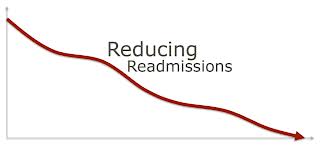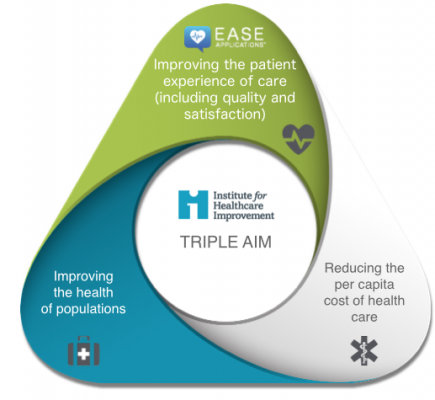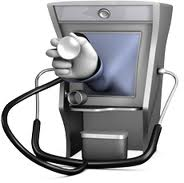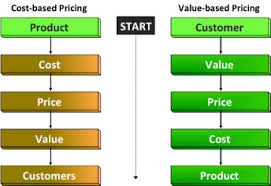3 Collection Leverage Strategies | Maximizing Bad Debt Collections
The best bad debt collection strategy utilizes three leverages, which "motivate" patients to pay a delinquent bill. 1. Independent Third-Party | Collection Leverage The first is the involvement of an independent third-party. Collection agencies create a situation where the debtor may or may not know what the collection agency is going to do to collect the debt. I call this the threat of the unknown. This creates an environment, which motivates some account holders to resolve their debt quickly and amicably.











